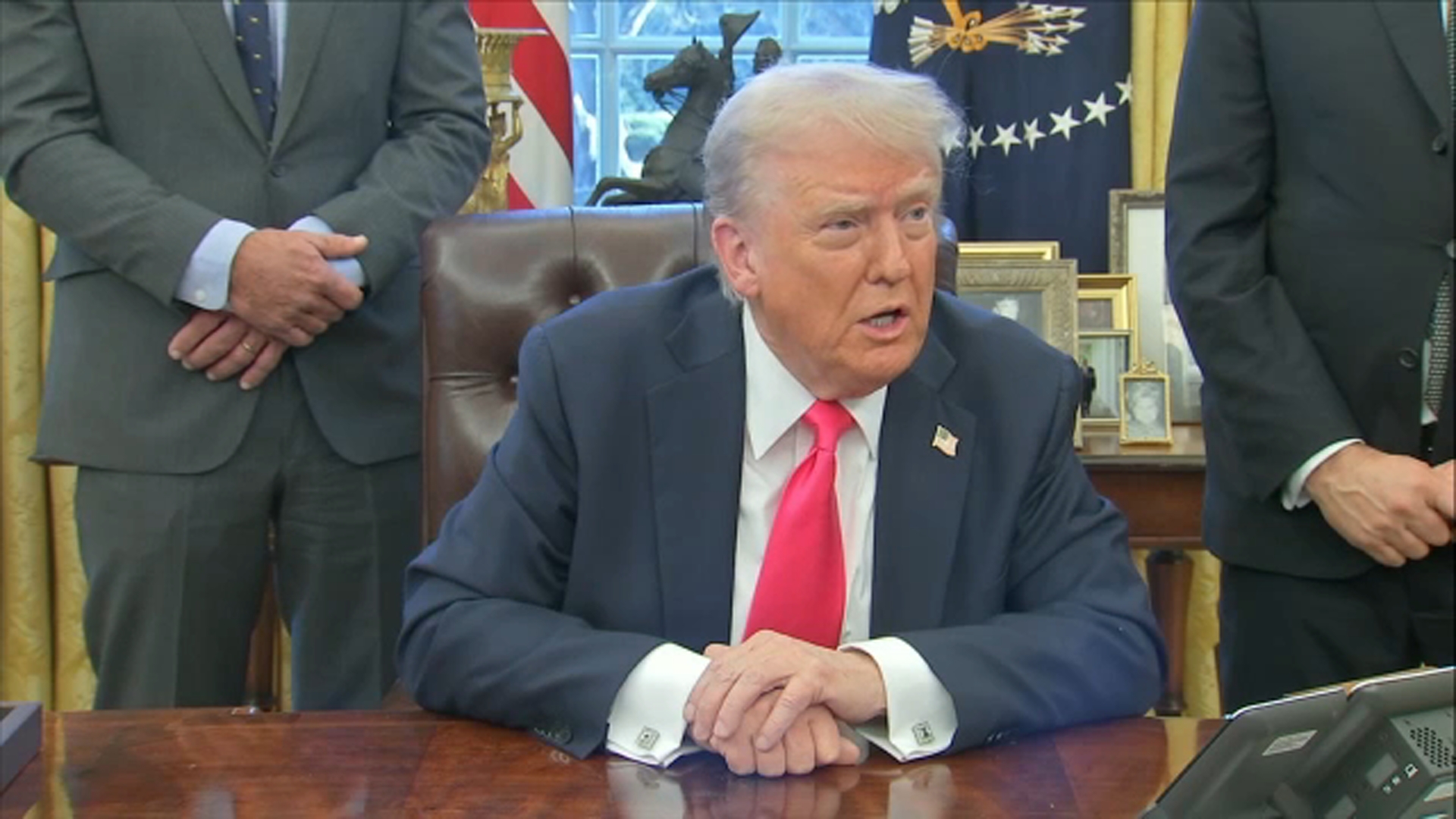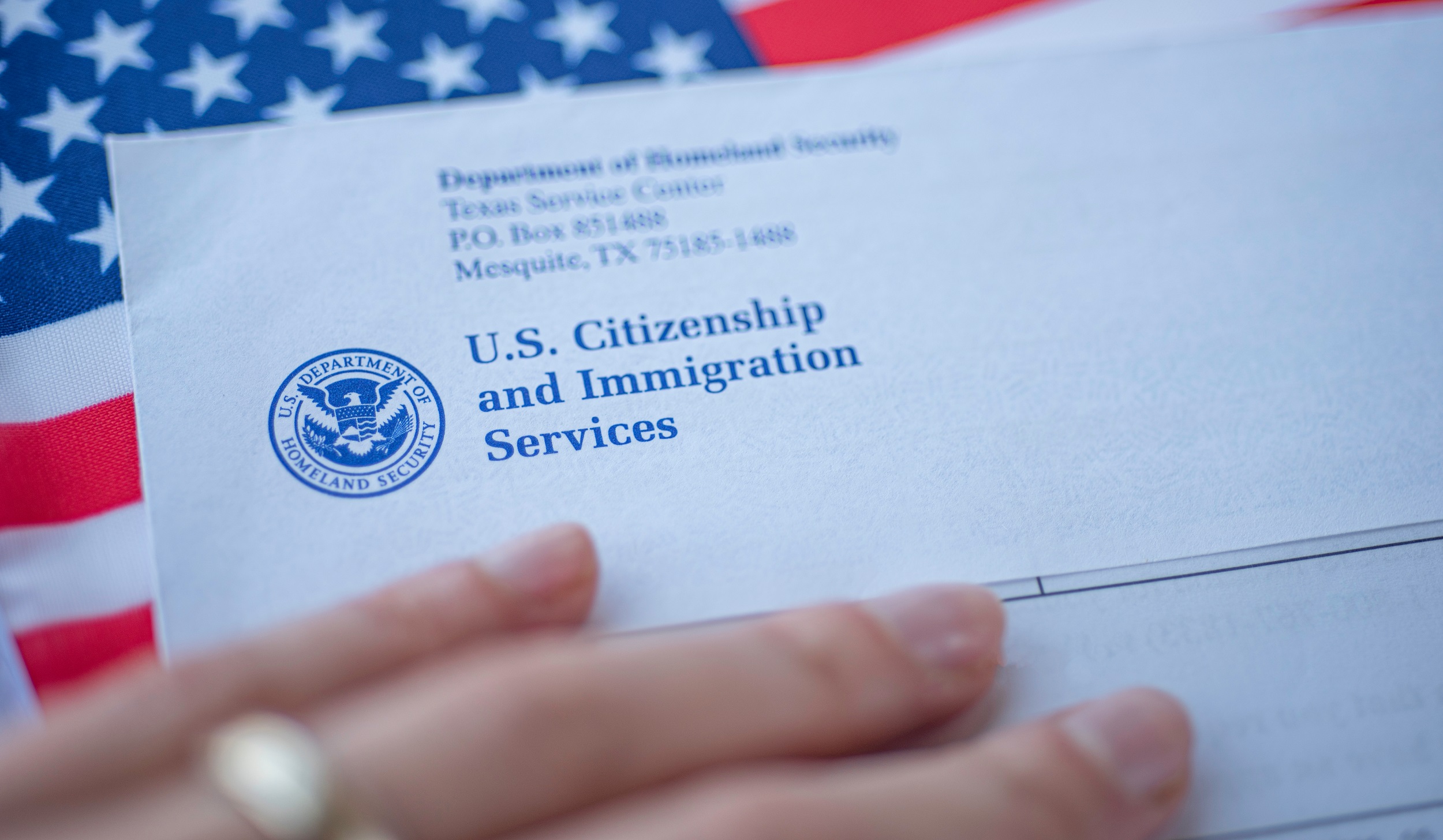EB1 vs EB2: Which Visa is Right For You?

Choosing the right visa for your journey to the U.S. is an important step, and understanding whether the EB1 or EB2 visa is the best fit for you can make all the difference. Both visas lead to permanent residency, but they are designed for different types of professionals and have unique requirements.
In this blog post, we’ll break down the differences between the EB1 and EB2 visas, covering everything from eligibility and processing times to costs and more.
What is the EB1 visa?

The EB1 visa is a type of Green Card that allows top-tier professionals to live and work permanently in the U.S. It’s designed for people who are highly accomplished in their field, like scientists, artists, business leaders, athletes, or educators. The EB1 visa is often called the “Extraordinary Ability” visa because it’s for those who have achieved something especially noteworthy in their career.
There are three main categories under the EB1 visa:
- EB1-A: For individuals with extraordinary ability, such as world-class athletes, actors, researchers, or business leaders. These individuals must prove they are at the top of their field with significant recognition.
- EB1-B: For outstanding professors and researchers who have made important contributions in their academic or research area.
- EB1-C: For multinational executives or managers who have worked for an overseas branch of a U.S. company and are transferring to the U.S.
Learn more about the EB1 visa in our comprehensive guide.
What is the EB2 visa?

The EB2 visa is a type of Green Card that lets skilled professionals and individuals with advanced degrees live and work permanently in the U.S. It’s designed for people who either have high-level educational qualifications or exceptional abilities in their field.
There are two main types of EB2 visas:
- Advanced Degree (EB2-A): This is for professionals who have advanced degrees, like a master’s or a Ph.D., or for those with a bachelor’s degree plus at least five years of relevant work experience. If you have these qualifications and are looking to take your career to the next level in the U.S., this might be the right path for you.
- Exceptional Ability (EB2-B): This is for individuals with exceptional ability in their field, whether it’s science, arts, or business. You’ll need to demonstrate that your skills and achievements are significantly above the standard in your industry.
One important thing to note about the EB2 visa is that it typically requires a labor certification. This means your employer needs to prove that there aren’t any qualified U.S. workers available for the job you’re being hired for. However, if you qualify for a National Interest Waiver (NIW), you can skip this requirement if you can show that your work has a significant benefit for the U.S.
Learn more about the EB2 visa in our comprehensive guide.
EB1 vs EB2 Requirements

When choosing between the EB1 and EB2 visas, it’s important to understand the different requirements for each, as they cater to different types of applicants.
EB1 Visa Requirements
EB1A Visa (Extraordinary Ability)
- Who it’s for: Individuals who have achieved extraordinary success in their field, whether it’s science, arts, business, education, or athletics.
- What you need: You must show that you have extraordinary ability through sustained national or international acclaim. This usually means providing evidence of awards, publications, or major achievements.
- No Job Offer Required: You don’t need a job offer to apply, but you do need to continue working in your field in theU.S.
EB1B Visa (Outstanding Professors and Researchers)
- Who it’s for: Professors and researchers who are internationally recognized for their outstanding achievements in their academic or research field.
- What you need: You must show that you have at least three years of experience in teaching or research and that you have a record of significant contributions to your field.
- Job Offer Required: You need a job offer from a U.S. educational or research institution that will support your application.
EB1C Visa (Multinational Managers and Executives)
- Who it’s for: Executives or managers who are transferring to a U.S. office of a company they have worked for abroad.
- What you need: You must have been employed in a managerial or executive role for at least one year in the past three years, and you need to be moving to a similar role in the U.S.
- Job Offer Required: You need a job offer from the sponsoring company in the right managerial or executive role.
EB2 Visa Requirements
EB2A Visa (Advanced Degree Professionals)
- Who it’s for: Professionals with advanced degrees (master’s or higher) or those with a bachelor’s degree plus at least five years of progressive work experience in their field.
- What you need: You must provide proof of your advanced degree or a bachelor’s and significant work experience. This could include diplomas, transcripts, and letters from past employers.
- Labor Certification Required: Generally, you need a labor certification to prove that there are no qualified U.S. workers available for the position. However, if you qualify for a National Interest Waiver (NIW), you can skip this requirement.
EB2B Visa (Exceptional Ability)
- Who it’s for: Individuals who have exceptional ability in their field, such as science, arts, or business.
- What you need: You need to provide evidence of your exceptional ability, which might include awards, memberships in professional organizations, or significant contributions to your field.
- Labor Certification Required: Like EB2-A, you usually need a labor certification unless you qualify for a National Interest Waiver (NIW).
Key Differences of EB1 vs EB2
When deciding between the EB1 and EB2 visas, it’s important to know how they differ so you can choose the right path for your career. The EB1 visa is perfect for those who are at the top of their field—think leading scientists, renowned artists, or high-level executives. It’s often faster to process because it usually doesn’t require a labor certification and the visa backlogs are usually shorter.
On the other hand, the EB2 visa is aimed at professionals with advanced degrees or exceptional skills. This option typically involves a labor certification, though you can avoid this if you qualify for a National Interest Waiver.
See the table below to learn more about the key differences between the EB1 visa and EB2 visa.
| EB1 Visa | EB2 Visa | |
| Target Applicants | Top achievers in their field (e.g., leading scientists, artists, executives) | Professionals with advanced degrees or exceptional skills |
| Proof Required | Extraordinary achievements or recognition in your field | Advanced degrees or exceptional abilities |
| Labor Certification | Typically not required | Generally required, unless qualifying for a National Interest Waiver (NIW) |
| Job Offer | Required for some categories (e.g., EB1-C), not needed for EB1-A | Usually required, except if applying for a National Interest Waiver (NIW) |
| Application Process | Can be quicker due to no labor certification requirement | Can be longer due to labor certification, unless NIW applies |
Not sure whether the EB1 or EB2 visa is the best fit for you? Schedule a free consultation with Manifest Law. Our experts will evaluate your situation and guide you on the best visa options to achieve your goals.
EB1 vs EB2 Processing Time
When it comes to processing times, the EB1 and EB2 visas can vary quite a bit, and knowing these differences can help you plan your move to the U.S. more effectively.
For the EB1 visa, the process tends to be faster. This is because the EB1 visa usually doesn’t require a labor certification, which is a step where the U.S. government verifies that there are no qualified American workers for the job. Without this additional step, the overall processing time can be shorter.
If you’re applying for EB1 visas, you might find that the process moves along more quickly. However, keep in mind that the exact time can still vary based on your specific situation and the workload of the U.S. Citizenship and Immigration Services (USCIS).
In contrast, the EB2 visa often involves a longer overall processing time. This is partly because it typically requires a labor certification. This step involves proving that there are no qualified U.S. workers for your position, which can add extra time to your application.
Even if you apply for an EB2 visa with a National Interest Waiver (NIW) and avoid the labor certification, the processing time might still be longer compared to the EB1 due to longer visa backlogs in the EB2 category.
Overall, if you’re looking for a potentially quicker route, the EB1 visa might be the better choice. But for those with the right qualifications for an EB2 visa, understanding these processing times can help you manage your expectations and plan accordingly.
EB1 vs EB2 Cost
When it comes to the I-140 petition, the filing fees are the same whether you’re applying for an EB-1 or an EB-2 visa. The premium processing fee, which speeds up the application process, is also the same for both visa types.
For the EB1 visa, the overall cost can be somewhat lower in certain cases. This is because the EB1 visa often doesn’t require a labor certification, which eliminates the associated costs of this step. However, you’ll still need to pay for the standard filing fees for the visa application itself. The total cost also includes fees for additional services like premium processing (if you choose to use it for faster processing), and possibly legal fees if you hire an immigration attorney to help with your application.
On the other hand, the EB2 visa might involve higher costs primarily due to the labor certification process. This step requires additional documentation and fees, which can increase the overall expense. In addition to the standard filing fees for the visa application, the company will need to cover the costs of the labor certification process, which may include fees for recruitment to show there are no qualified U.S. workers available for your job. Those who apply for an EB2 visa under a National Interest Waiver will not have to do the labor certification process.
Frequently Asked Questions
Which is better: EB-1 or EB2?
Choosing between EB-1 and EB-2 depends on your personal qualifications and career goals.
The EB-1 visa is often seen as the better option if you’re at the top of your field, with extraordinary achievements or are a high-level executive moving to the U.S. It’s generally quicker to process because it usually doesn’t require a labor certification.
The EB-2 visa is a great choice if you have an advanced degree or exceptional skills in your field. Although it might take a bit longer due to the labor certification requirement and visa backlogs, it’s still a solid option if you meet the qualifications. The “better” choice really comes down to which visa aligns with your achievements and career plans.
Can you go from EB2 to EB-1?
Yes, you can transition from an EB2 visa to an EB1 visa if you meet the qualifications for EB-1. If your career achievements or professional standing improve to the level required for EB-1, it might be worth exploring this switch.
For instance, if you start with an EB-2 visa based on your advanced degree and later achieve extraordinary accomplishments or significant recognition in your field, you could qualify for EB-1. Making this change can sometimes help you get your Green Card faster, but it’s important to carefully review the requirements for each visa and consult with an immigration lawyer.
Can I apply for EB-1 and EB-2 at the same time?
Yes, you can apply for both the EB1 and EB2 visas at the same time. This strategy can be useful if you’re not sure which visa category you might qualify for or if you want to maximize your chances of securing a Green Card. Each application will be reviewed based on its own merits, so having both in play can give you more opportunities to obtain your Green Card. Just be aware that you’ll need to manage the application process for both visas and potentially incur additional costs.
What are the EB1 and EB2 priority dates?
The priority date is essentially your place in line for a Green Card and can vary for EB-1 and EB-2 visas. It’s the date when your immigration petition (Form I-140), or Labor Certification (ETA-9089) is filed.
For EB-1 visas, the priority dates are often current for most countries, meaning there’s usually no long wait. However, for EB-2 visas, especially if you’re from a country with high demand, the priority dates can be backlogged, which means you might experience a longer wait before your application is processed.
Check the Manifest Blog for the latest updates on the USCIS visa bulletin.



















